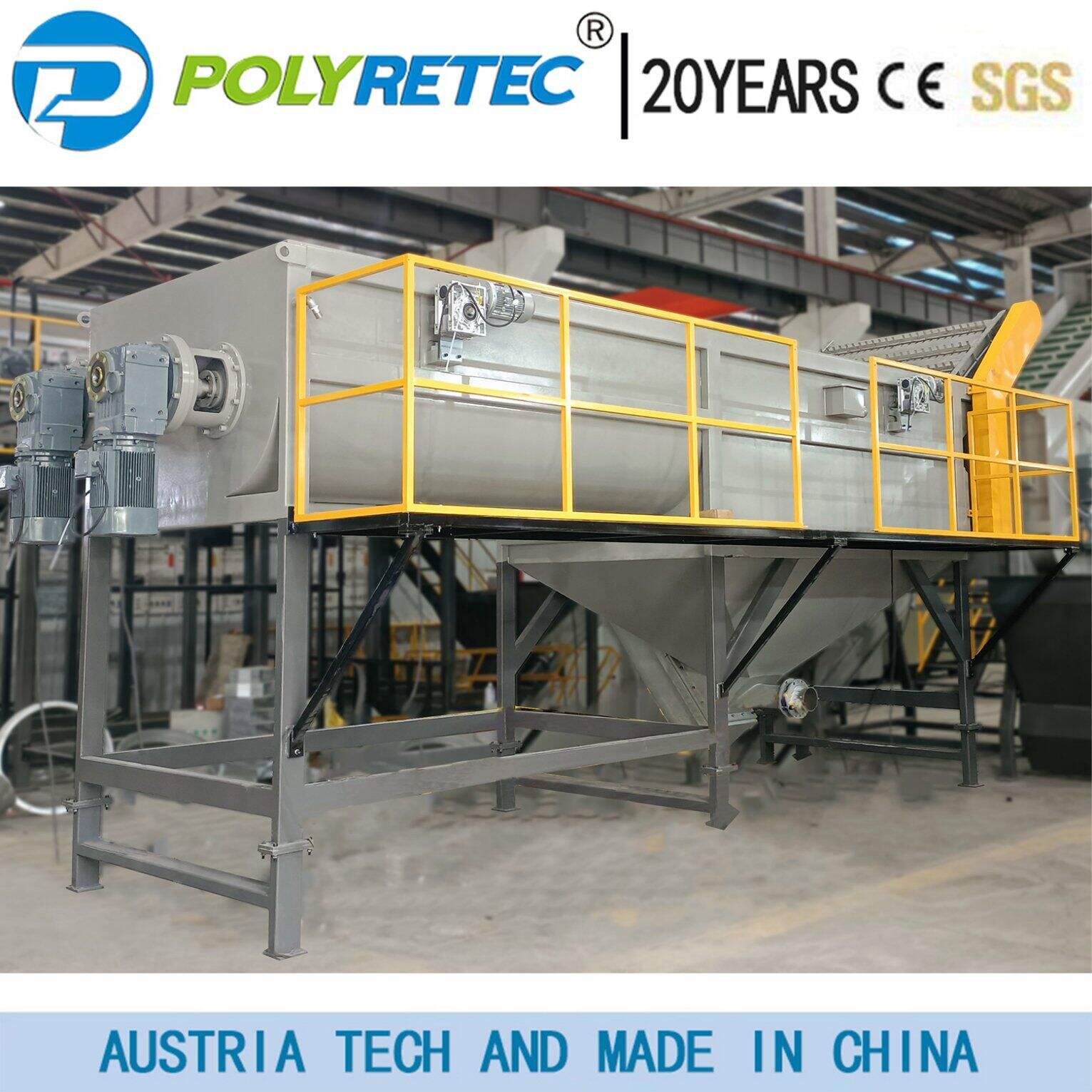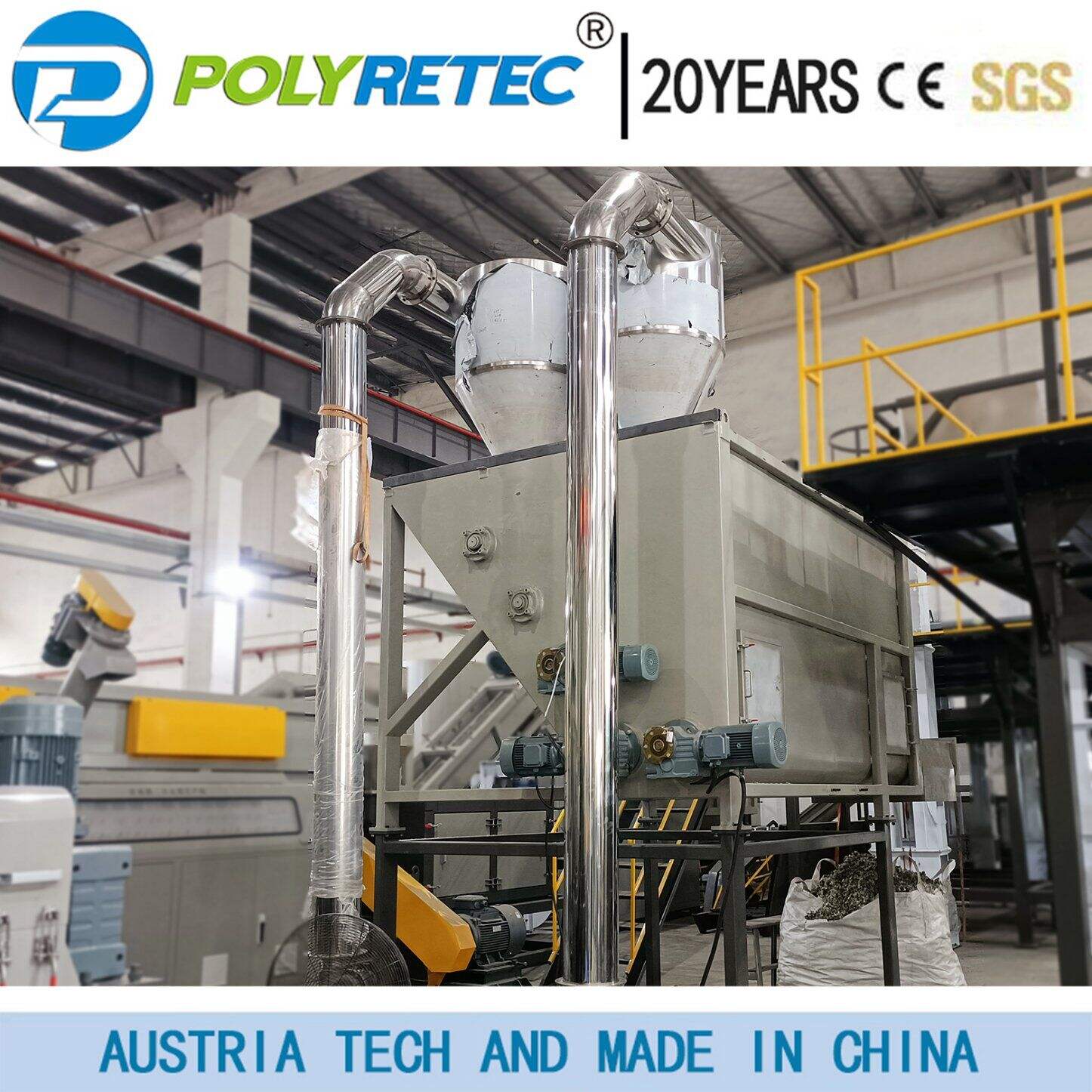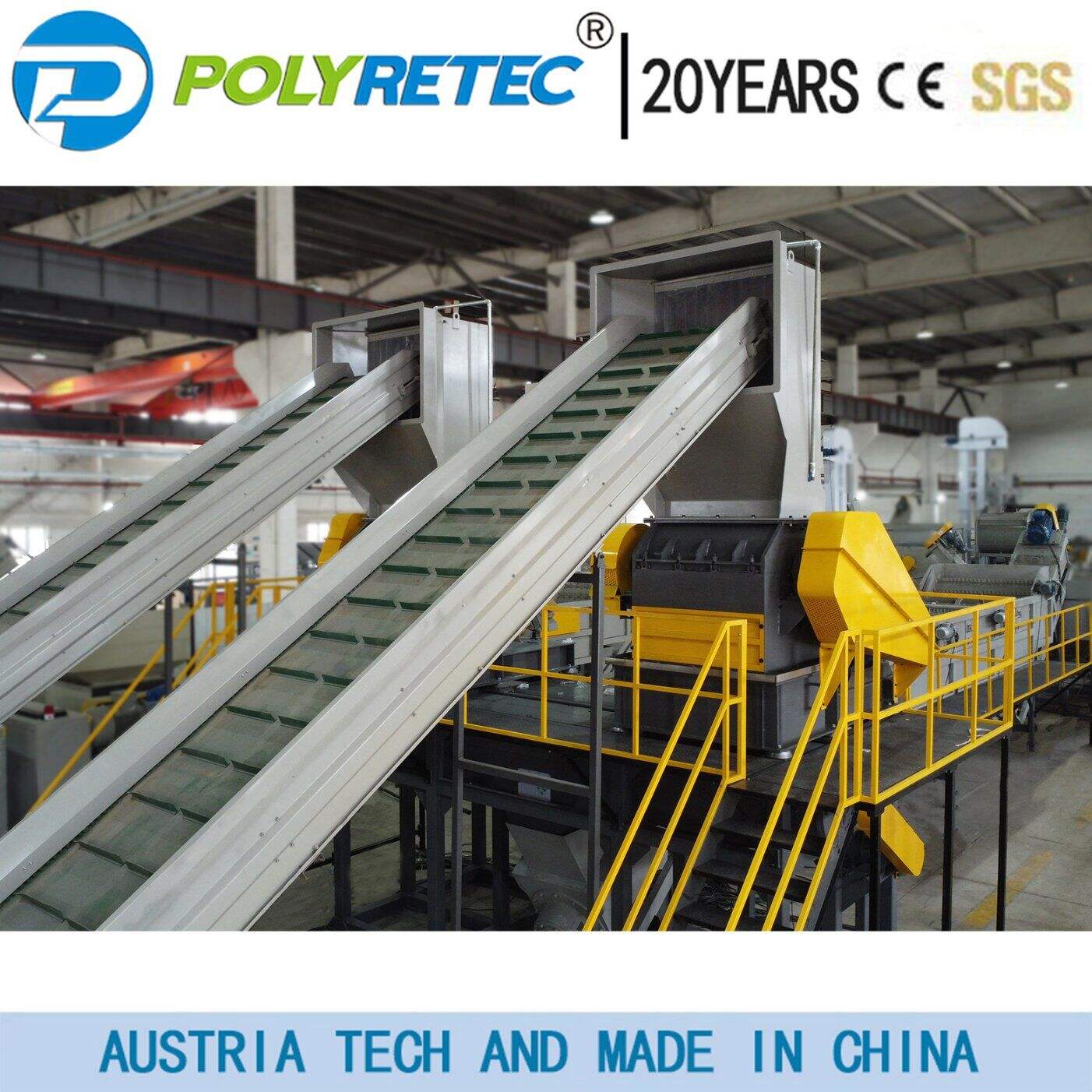plastic recycling number system
The plastic recycling number system, also known as the Resin Identification Code (RIC), is a comprehensive classification scheme that helps identify and sort different types of plastic materials for recycling purposes. This standardized system consists of numbers 1 through 7, each enclosed in a triangle made of arrows, representing distinct plastic polymer types. Number 1 (PET) is commonly used in beverage bottles, while Number 2 (HDPE) is found in milk jugs and detergent containers. Number 3 (PVC) appears in pipes and window frames, Number 4 (LDPE) in squeeze bottles and shopping bags, Number 5 (PP) in food containers and auto parts, Number 6 (PS) in disposable cutlery and packaging, and Number 7 represents all other plastics. This system enables efficient sorting at recycling facilities, helps manufacturers maintain consistency in their recycling processes, and allows consumers to make informed decisions about plastic disposal. The technology behind this system incorporates automated sorting machines that use infrared sensors to detect different polymer types, making large-scale recycling operations more efficient and accurate.


